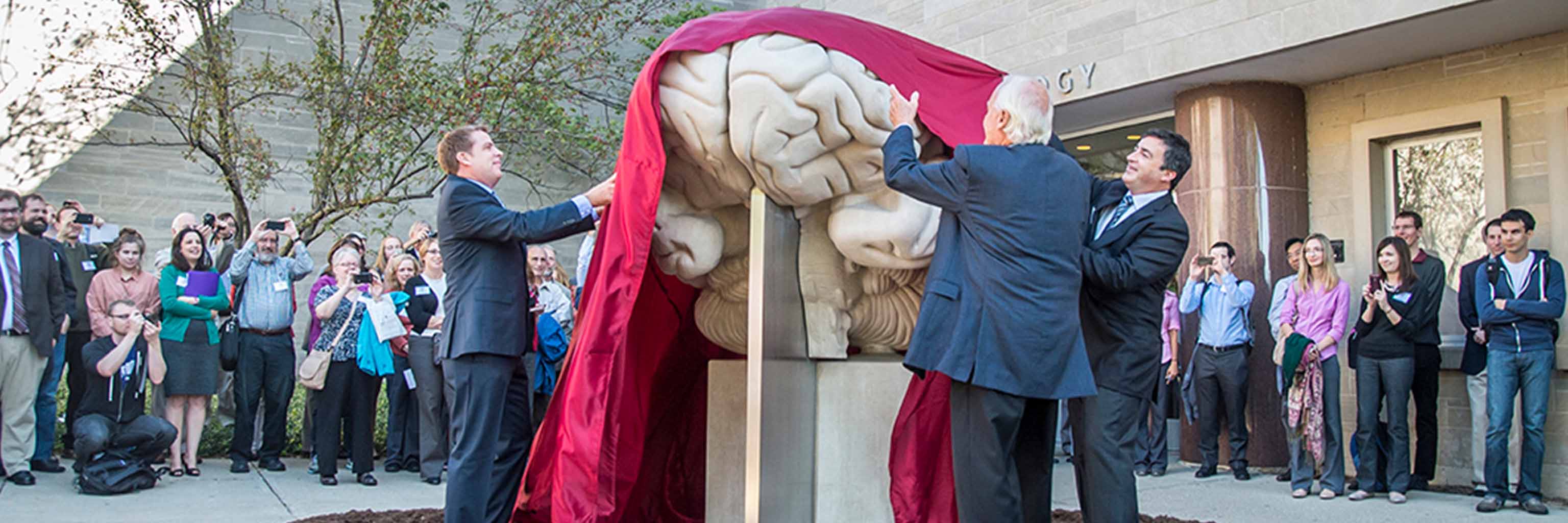Indiana University is home to the oldest continuing psychology laboratory in America, opened by William Lowe Bryan in 1888. Researchers in our department have included many break-through thinkers, including B.F. Skinner, J.R. Kantor, Esther Thelen, and William K. Estes (documented by alumnus James Capshew as part of our 125th anniversary celebration, and can be accessed here). Today we continue to develop advanced research in the field of psychological and brain sciences.
Listed below are some of the most seminal research publications that originated in our department, and a brief description of the work’s impact.

 The College of Arts
The College of Arts